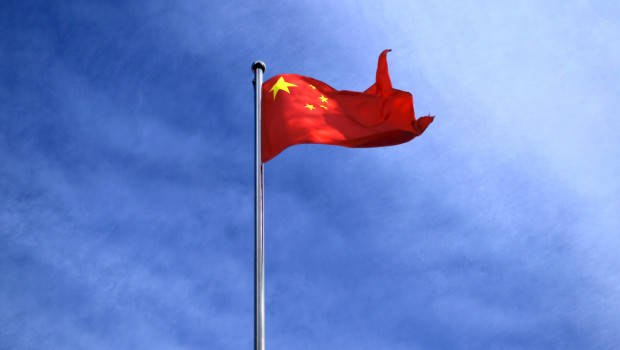China's factories falter as Trump's tariffs start to bite

China’s manufacturing sector faltered last month, official data showed on Thursday, as Donald Trump’s trade war started to hit home.
According to the National Bureau of Statistics, the manufacturing purchasing managers’ index fell into contraction, coming in at 49.0 from 50.5 a month previously.
A reading below the neutral 50 indicates contraction, while one above it suggests growth.
A 16-month low, it was also worse than expected, with most analysts looking for around 49.7 on average.
The private-sector Caixin manufacturing PMI, also published on Wednesday, was 50.4, down on the 51.2 seen in March although it was better than the 49.8 expected.
The official non-manufacturing PMI recorded a more modest drop, to 50.4 from 50.8, the NBS said.
The US president announced his sweeping tariff regime, including a 10% baseline duty for all countries, on 2 April.
Since then, various levies have been scaled back in the face of slumping markets and a sell-off in US Treasuries.
But Trump has remained unmoved on China, and has hiked taxes to well over 100%.
Lynn Song, chief economist, Greater China, at ING, said: “Tariffs are a lose-lose proposition, and the PMI data is our first office look at how it’s affecting China.
“Our take is that there’s a clear, negative shock taking place. But, all things considered, survey data suggests the shock may be less than what the more bearish market participants feared.”
Stephen Innes, management partner at SPI Asset Management, said: “We’re watching the downstream fallout in real time. New export orders cratered to their weakest reading since December 2022, and posted the steepest drop since April 2022’s Covid lockdown, underscoring how external demand is haemorrhaging.
“The employment sub-index also hit its worst level since February last year, adding fuel to our view that policy makers will have to fire off targeted stimulus or risk a sharper slowdown.”